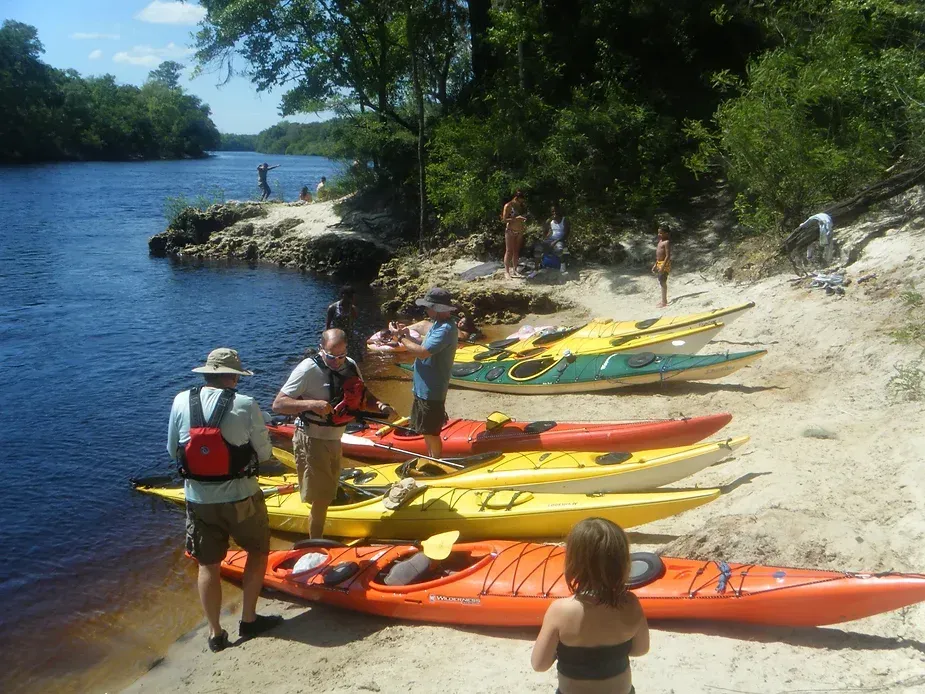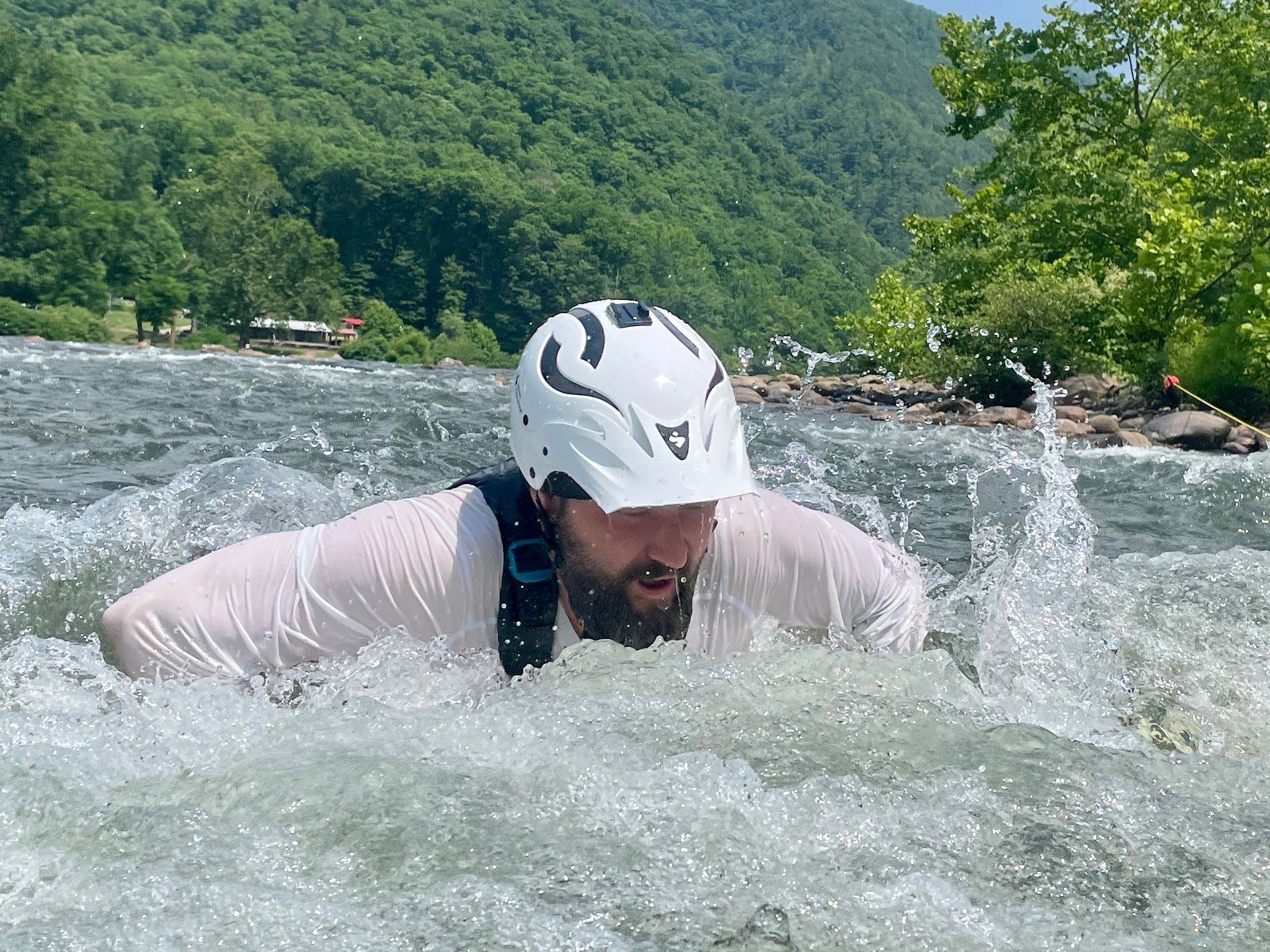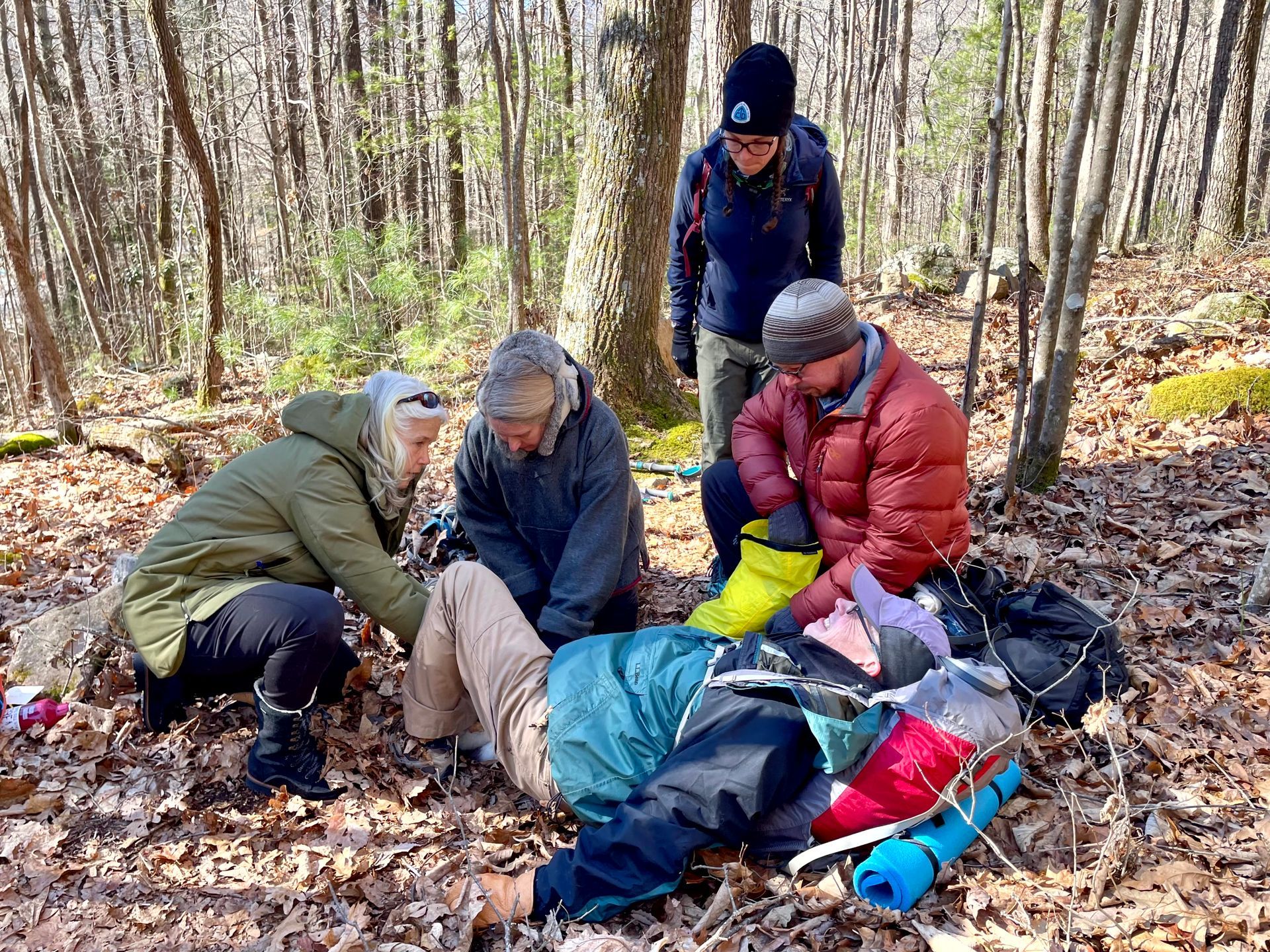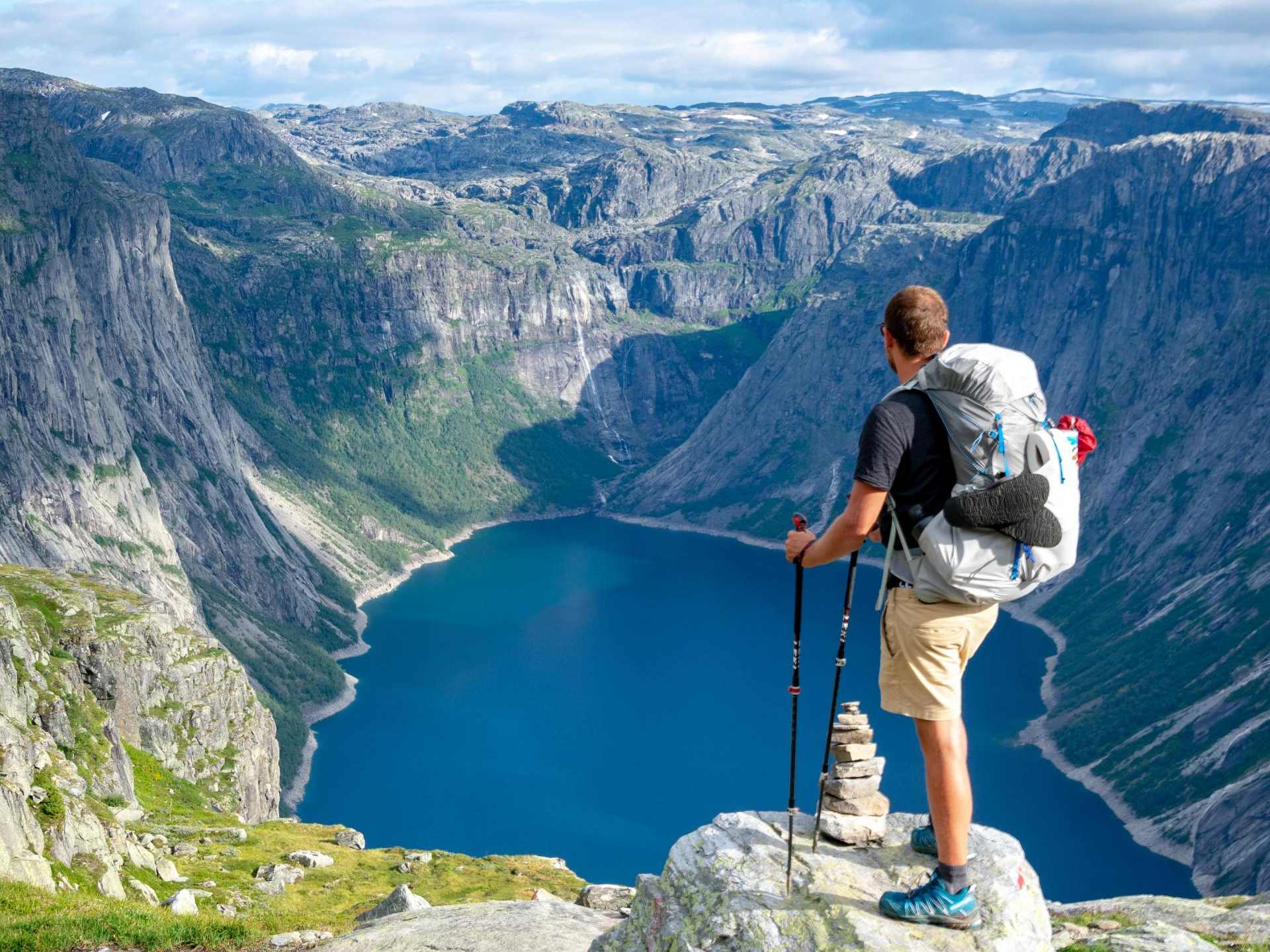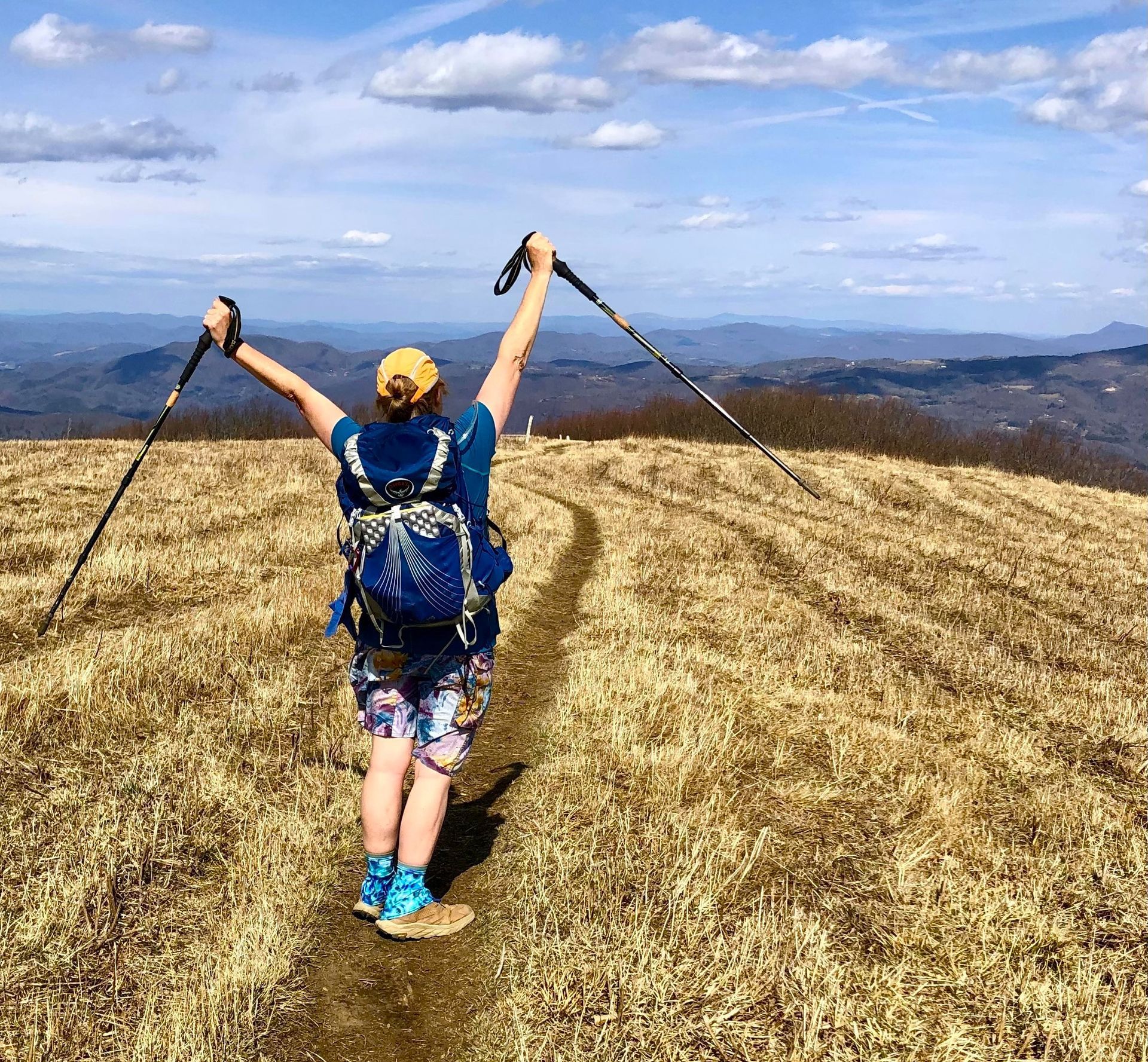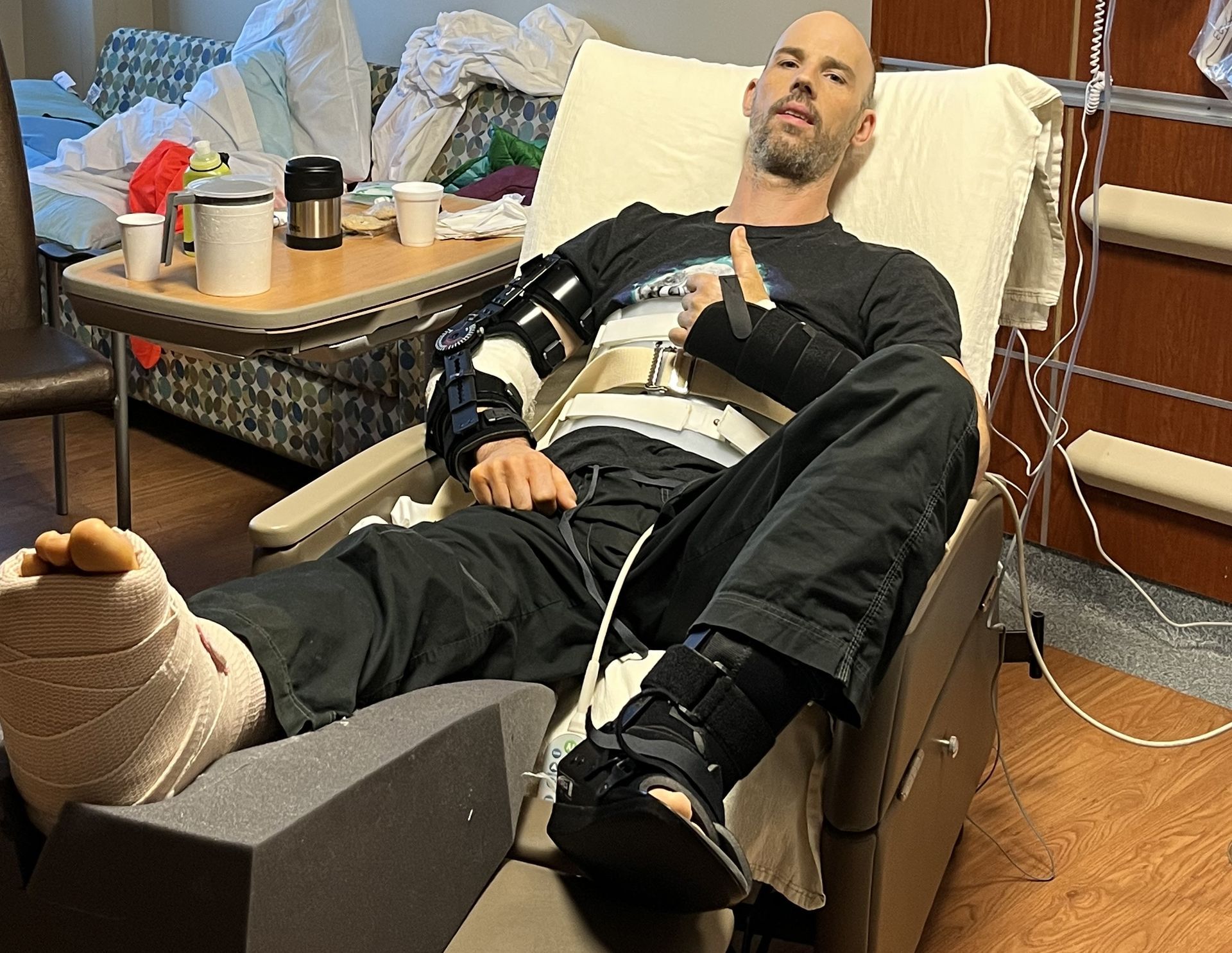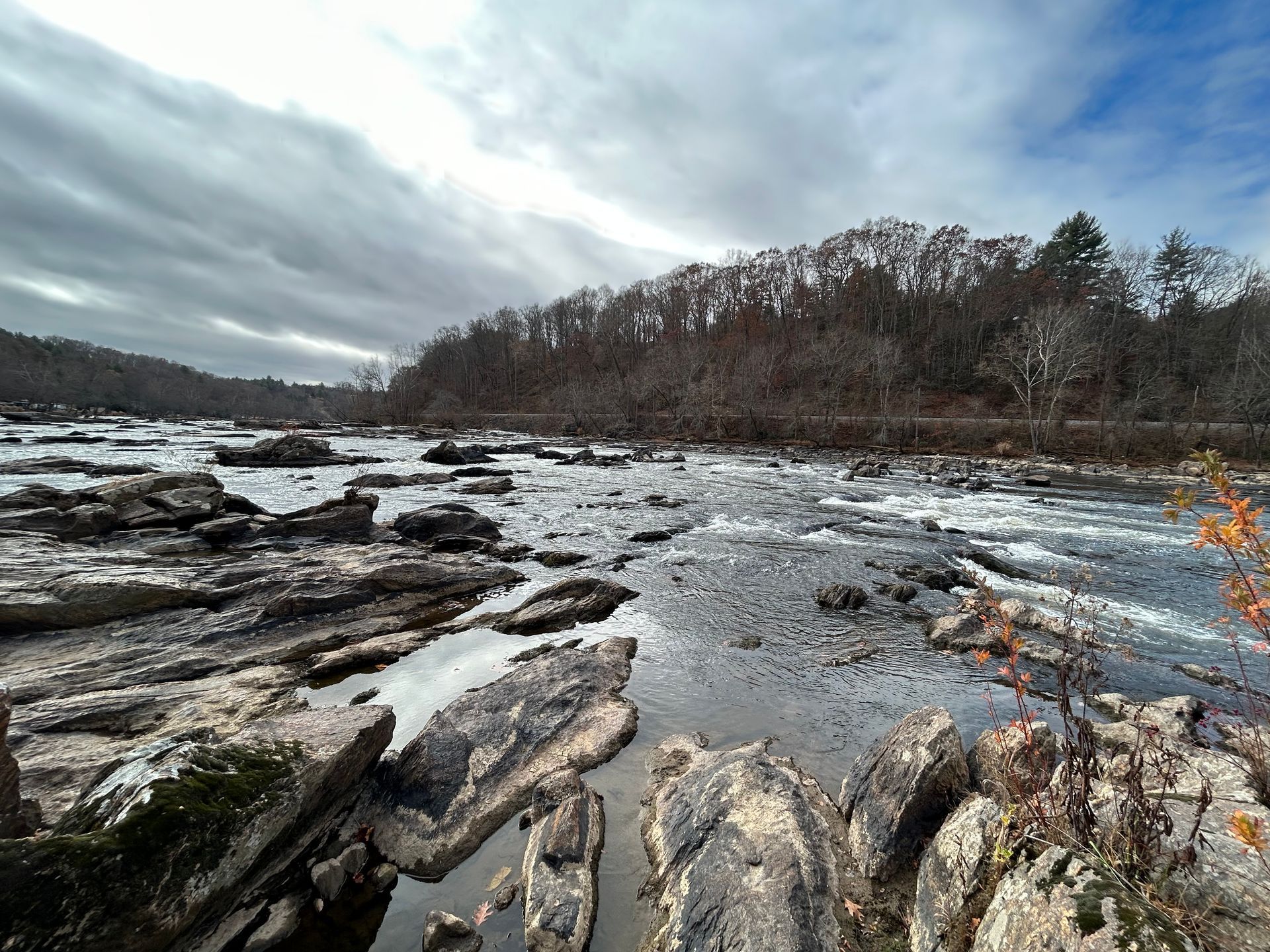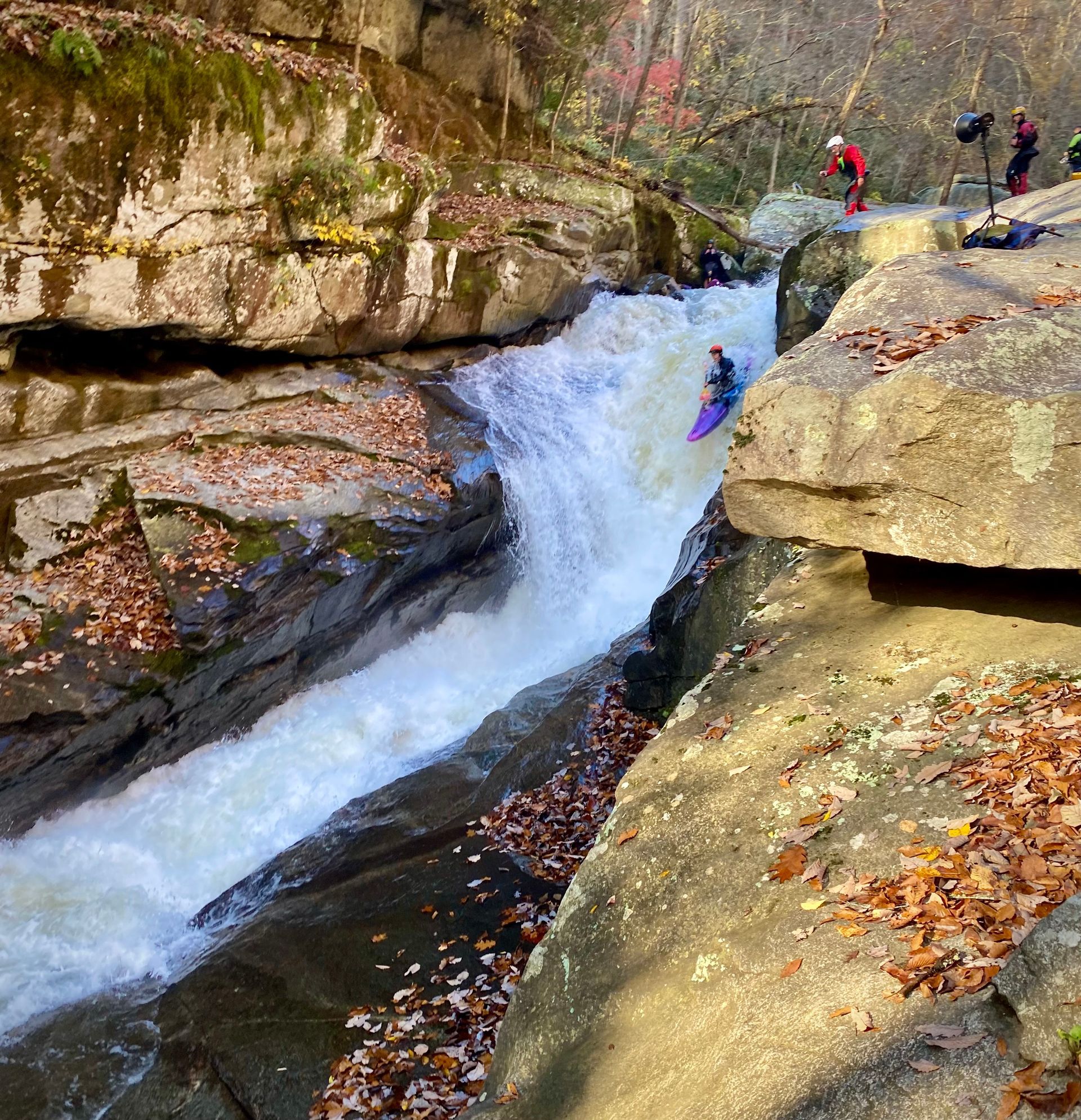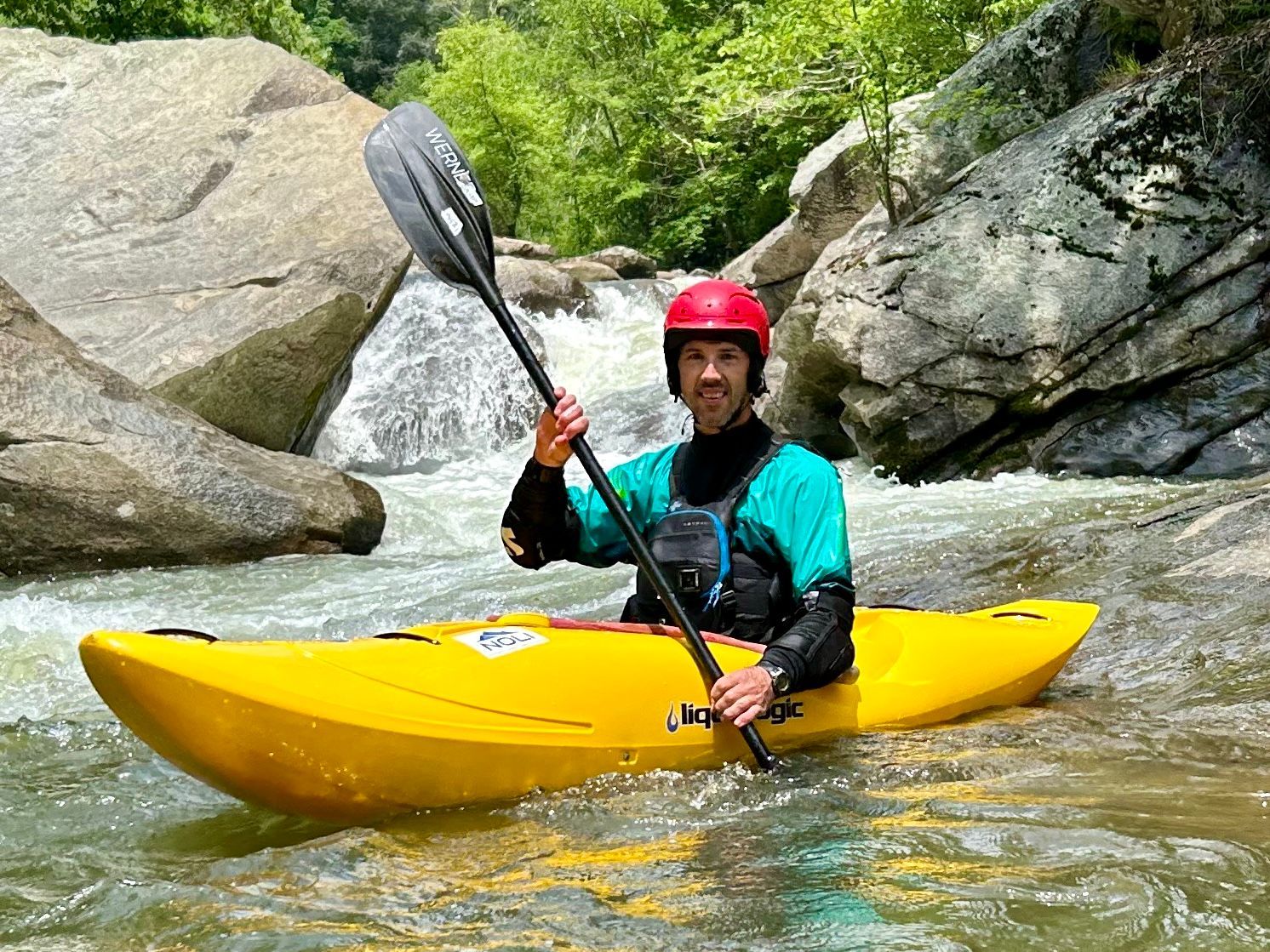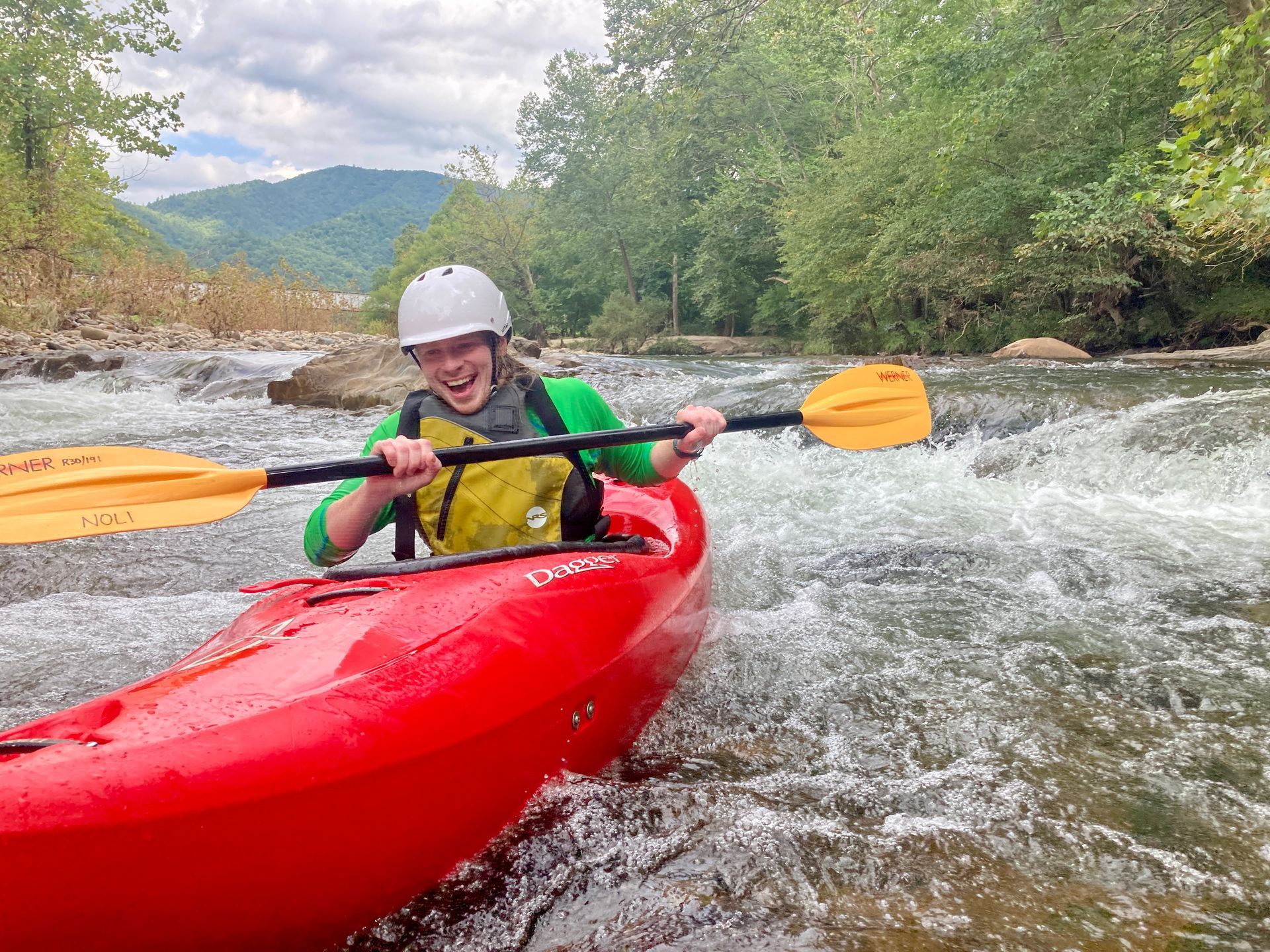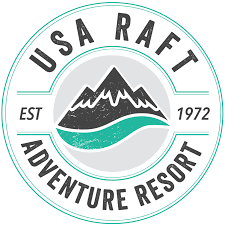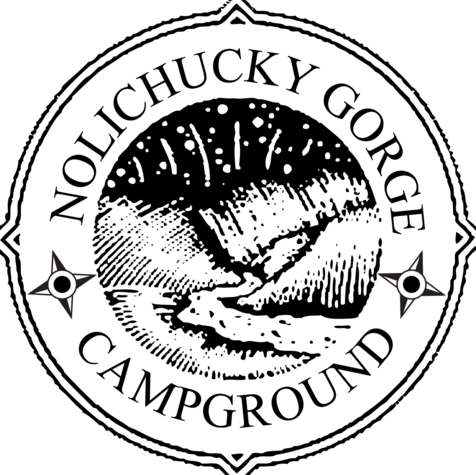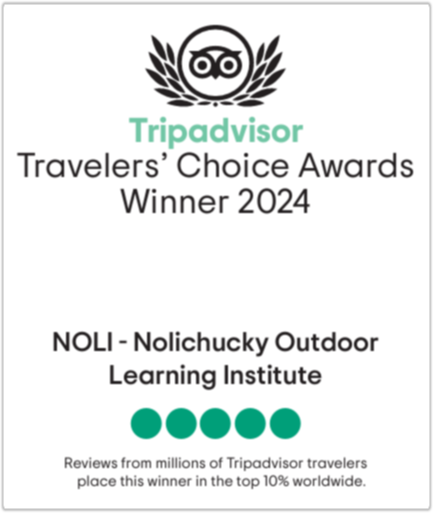Wilderness First Responders: Do the Best You Can, with What You Have, Based on What You Know
NOLI Wilderness First Responder Instructor Randy Manuel makes the case for why those who spend time outdoors should want this training.
Rob Kelly was driving a bus along the Nantahala River, a popular whitewater river in Western North Carolina, when he noticed a kayaker, Sue Martin, trying to avoid a tree lodged in the outside bend of the river, where the current was quickly taking her. Despite Sue’s efforts, she washed into the partially submerged tree and capsized, the power of the water entrapping her in her boat upside down against the tree, unable to breathe. "I distinctly remember trying to roll" Sue recalls, "then trying to pull my skirt, but my paddle was wedged against my boat and skirt, and I could not do either. Then I reached up to signal for help, banged on the bottom of my boat to indicate I needed assistance. Then, as I ran out of air, I remember seeing bubbles flowing by me, and I desperately tried to gasp in some bubbles to get air. It was at that point that I lost consciousness." Rob, an experienced kayaker himself, stopped the bus and waded across the fast-moving river to reach Sue, who was now unresponsive. Sue continues "Since my boat was wedged under water, in the branches of the tree, it was difficult to free me. When he finally was able to get my head above water, he said his thoughts were that it was going to be a body retrieval, not a rescue, as my face was grey/blue. But despite that, he gave me some rescue breaths before having to put me back underwater to continue to try to free me and my still-wedged boat." After multiple attempts, Rob was able to eventually free her from the tree and her body floated downstream to where other rescuers were standing by. They pulled her from the water and up the embankment, where she was given CPR by paddlers who had been riding on the bus. After several minutes, they detected a faint pulse and, shortly after, she began coughing and gurgling water. The color returned to her face and she became verbally responsive. She was taken to the hospital and later made a complete recovery.
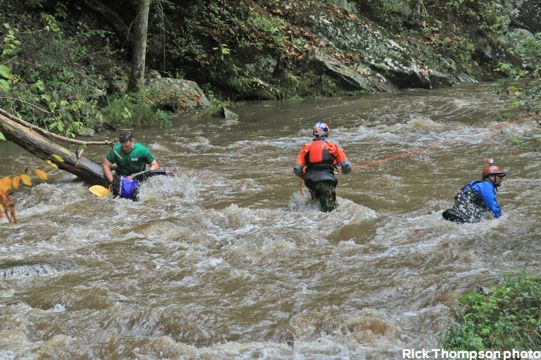
Kelly M., who helped provide CPR, remembers the day vividly: “We pulled her from the water, and I thought it was gonna be strictly a body recovery, but we were able to start CPR and somehow, against the odds, we revived her and got her evacuated to (the hospital)."
Rob, who put his own safety at risk to reach Sue, was quoted in the Smoky Mountain News following the accident as saying “Over the five-minute period, you saw her go from basically not being alive to verbal.”
There are several heroes in this story. Rob, certainly, for his decisive and selfless actions to rescue Sue. Those who assisted with her evacuation off the river played a crucial role. And, those who provided roadside medical care are credited with bringing Sue back to life. Without this last group, the effort would have been no less heroic but would have sadly resulted in a body recovery instead of a successful rescue.

There are other incidents in which capable and timely action made the difference in saving lives, recounted by those involved:
"We caught an emergency appendicitis in the middle of the jungle in Costa Rica, during a surfing trip. Medical stuff can be really iffy out there. Glad we made the call we did, and quickly too!" Taylor H.
"I dealt with a crushed leg from a saw mishap while doing trail work. The evacuation required a very difficult half-mile carry-out with a stokes basket." Phil G.
"I saved a girl in Costa Rica by identifying "streaking" that stemmed from a very basic rash. Also, in Australia I had a girl that had cellulitis, and because we identified it early enough, we were able to get her the help she needed. Finally, I was stung by yellow jackets and though I had not gone into anaphylaxis before, in a few seconds-time I realized that this was bad, I was going to die. The difference in making that decision and my throat shutting down was 8 minutes." Hailey DH
"I dealt with a kid who was severely dehydrated and showing signs of severe heat-related injuries. I was able to make the correct decisions, get him hydrated, and ultimately keep him in the field as his vitals were stable. He was able to rest overnight and completed the course." Scott B
So, what do these selfless individuals who helped others have in common? They have all had Wilderness First Responder training (WFR).

Wilderness First Responders are outdoor trip leaders, instructors, river guides, trail guides, hunting and fishing guides, EMTs, search-and-rescue team members, ultramarathoners, ski patrollers, backpackers, kayakers, climbers, cyclists and other outdoor enthusiasts too many to name. They have all devoted time, money, and energy to earn that certification. Reputable outdoor organizations rely on "Woofers", as they’re called, and Wilderness EMTs (WEMT) to lead trips and keep their clientele safe when groups venture into the backcountry. And serious recreationalists rely on WFR training as a means of taking care of themselves and others on their outdoor adventures or any time when advanced care is not close at hand.
A Wilderness First Responder is considered the top tier of Backcountry first aid provider. While WEMT is a higher skill level, one must first be an EMT or Paramedic before earning the "W" that's added to your certification. Wilderness First Responders need not have previous training nor maintain these additional certifications to remain current. Otherwise training for the WFR and the WEMT is virtually identical.
What is the focus of a "Wilderness Medicine" class?
Even though the 911 system in our country can be awe inspiring, it has its significant limitations when we are far from a road in which an ambulance crew can reach us. That distance doesn't have to be very far before rescues can get exponentially more complicated.
Out of necessity then, WFRs and WEMTs are trained to perform procedures and treatments that would otherwise be reserved for someone with much higher training. Wilderness Medicine Guidelines come from a board of directors that reviews recent research, as well as assessing risks versus benefits. For example: resetting a dislocated shoulder can be done incorrectly, causing long term problems, so it should be done by a physician. However, the benefits of performing the procedure soon outweigh the risk of performing it incorrectly. Therefore, resetting dislocations falls within the scope of practice for WFRs and WEMTs alike.
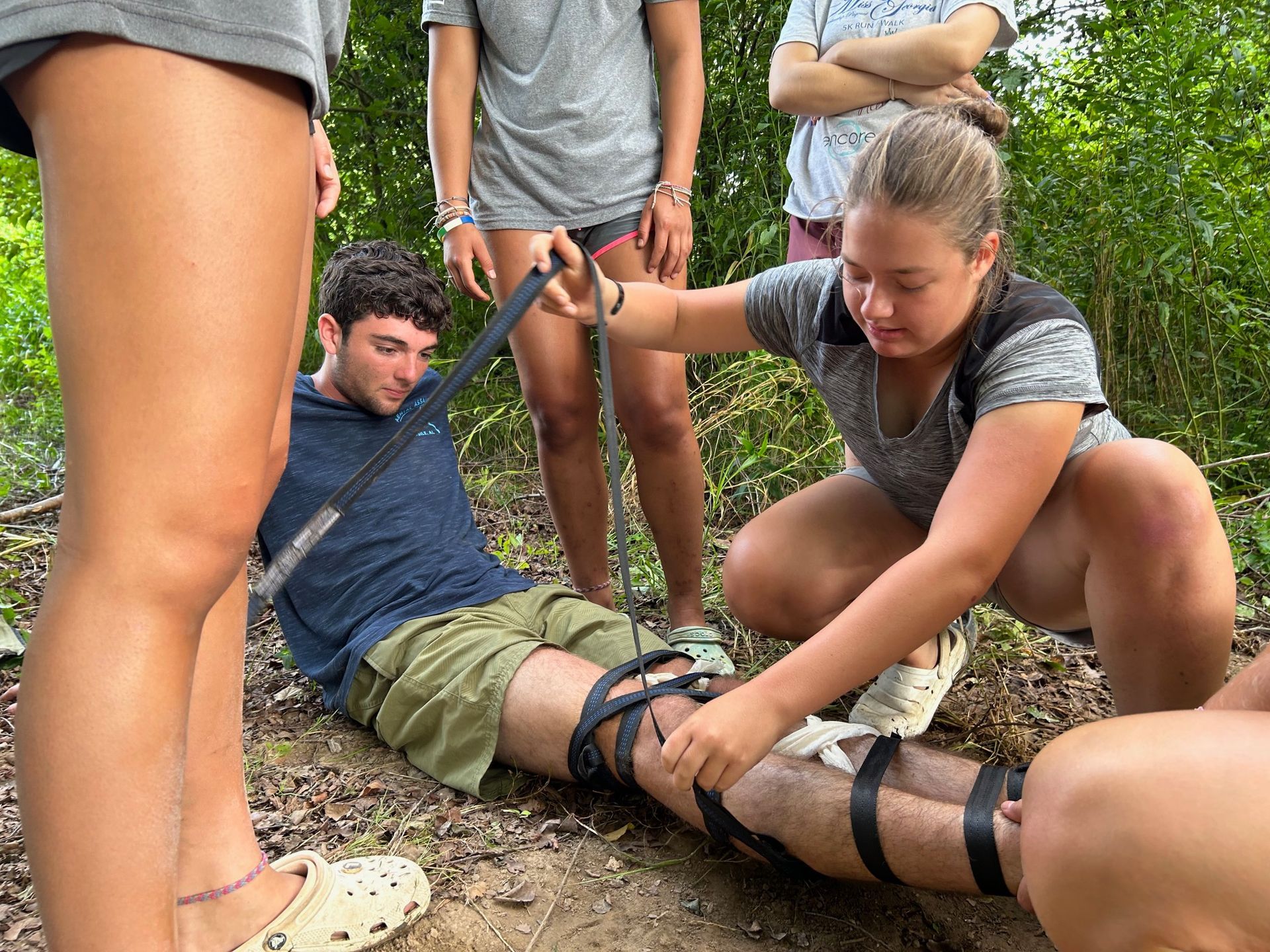
They are also trained to treat minor as well as complex fractures and other injuries. They're taught to treat dozens of illnesses and medical conditions, including behavioral emergencies, anaphylaxis, asthma, diabetes, strokes, and seizures. They're trained to prevent and/or treat environmental problems such as hypothermia, heat related injuries, frostbite, snakebites, dog bites, altitude sickness, drowning, CPR/AED/BLS and many more. They are trained how to "clear the spine" when appropriate so that a patient may be able to reliably walk out of the backcountry in spite of a bad fall. They're trained how and when to administer certain drugs such as epinephrine, albuterol, diphenhydramine, acetaminophen, naloxone, and a wide range of others.
They are able to predict outcomes based on all the information on hand, making them problem-solvers and critical-thinkers. Their training includes weighing all the additional factors around specific problems: "Can I fix what's wrong? Am I just addressing the symptoms of a bigger problem? How long before this gets worse? How long before it's going to be dark? What temperature can be expected in a few hours? Is it going to rain? When? How far away is help? Do I have cell phone reception to get help started this way? Can the patient walk or must they be carried? How many additional rescuers might be needed? What does an inbound rescue team need to be made aware of?" ...and literally dozens more questions that may apply to a given situation.
The Wilderness First Responder course focuses on a deep understanding of the human condition, understanding problems, how they appear, how to prevent them, and what, if anything, we can do to address them. A WFR class is based on conversations and discussions, demonstrations, hands-on activities, challenges, and realistic scenarios instead of traditional lectures as often as possible.
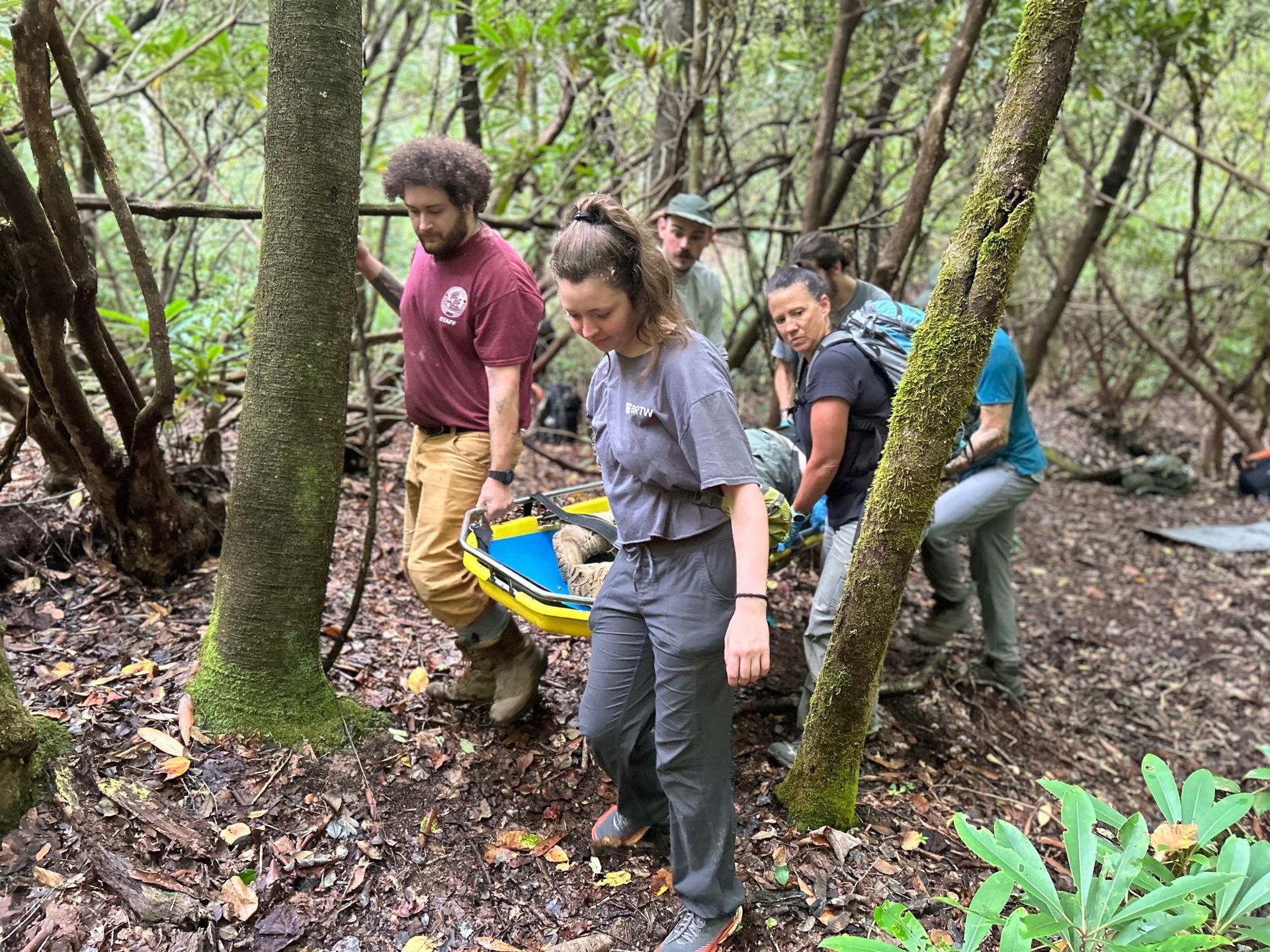
This article opened with just a few accounts of real-life rescues. There have been so many others who have contacted me over the past decade that I can't remember but a small percentage of them. Former students, sometimes years after their training, recount the details of a rescue that they were involved in and the role their training played in a successful outcome. Does that humble me? Yes. Does that motivate me to give every bit of energy I have in every classroom? Damn right it does.
My goal then, knowing someday this could be the difference between life and death: Give everyone the best possible training I can during the amount of time we have together. If they've done little more than memorize correct answers for a written test, they may not be able to figure out the best course of action when it really matters, and some day it really will matter. If instead, we have had engaging conversations, we've laughed, cried, we've shared, struggled, enjoyed, empathized, and students really, really get it, then the odds of success for that future rescue have gone up immeasurably.
One final quote from a former student to summarize why I'll do this job for as long as I am able:
"Because of the training I had with you, I was able to save someone's life today. Thank you. What you do saves lives." Olivia S.
The Wilderness First Responder class is a eight-day certification (72 hours) held at the Nolichucky Outdoor Learning Institute (NOLI) in Erwin, Tennessee. Certification is good for three years and includes CPR/AED certification. Certification is maintained by participating in a WFR Recertification Class every three years. Our next WFR classes are Aug 3-10 and Oct 19-26. Please visit https://www.nolilearn.org/activity/wilderness-first-responder-course--8-days for additional WFR dates and to learn more. Already a WFR and need to recert? Upcoming dates can be found at https://www.nolilearn.org/activity/wilderness-first-responder-recertification--3-days. We also offer the shorter two-day Wilderness First Aid Class (WFA) for those who can’t commit to the nine-day WFR Course.

Randy Manuel is the Lead Wilderness Medicine Instructor at the Nolichucky Outdoor learning Institute, a Wilderness EMT and an Instructor Trainer for SOLO Schools in New Hampshire. He is also the Training Officer and Field Team Leader for Cherokee County Search/Rescue and an ACA level IV Swiftwater Rescue Instructor.
Scott Fisher is the founder and executive director of the Nolichucky Outdoor Learning Institute.

